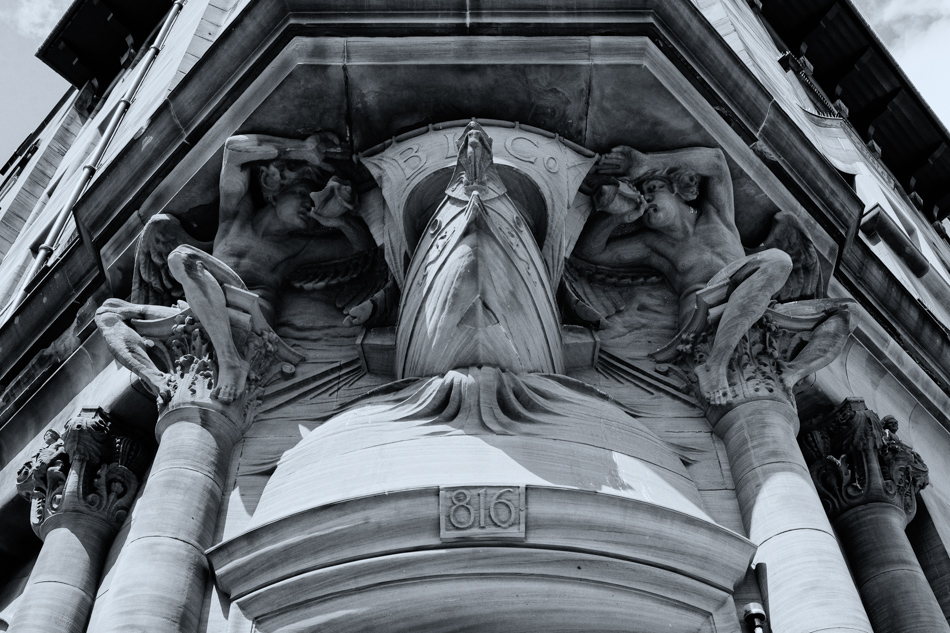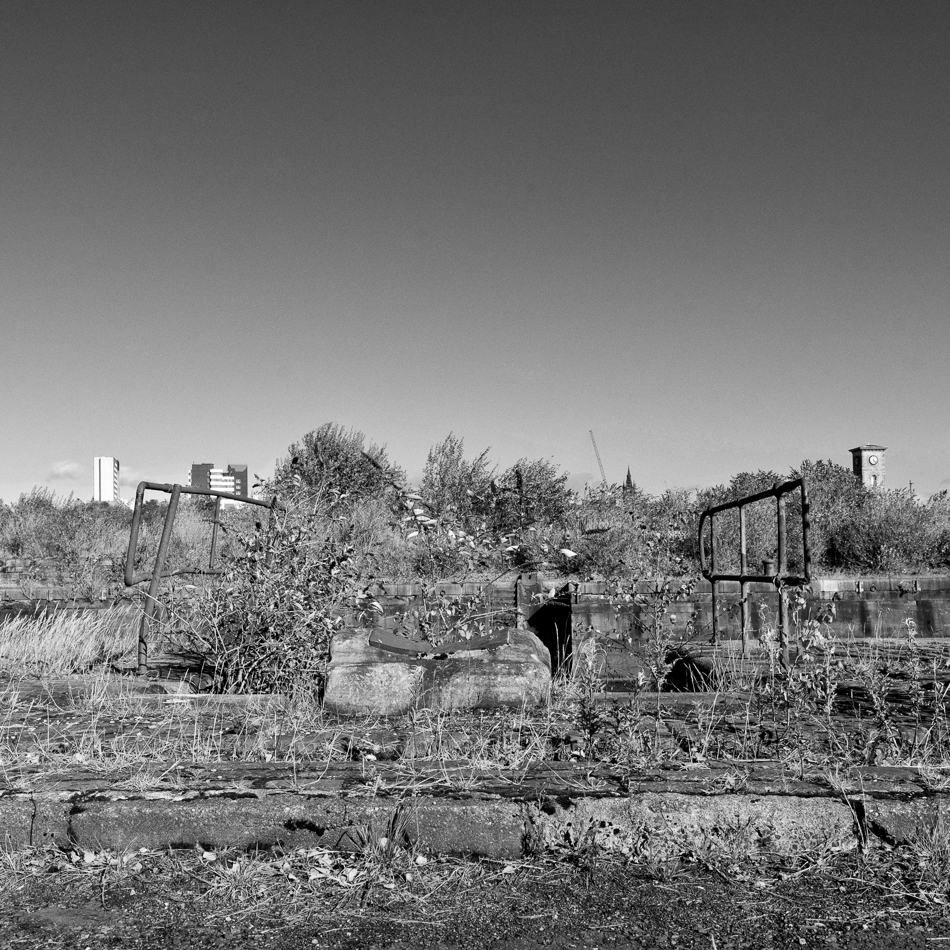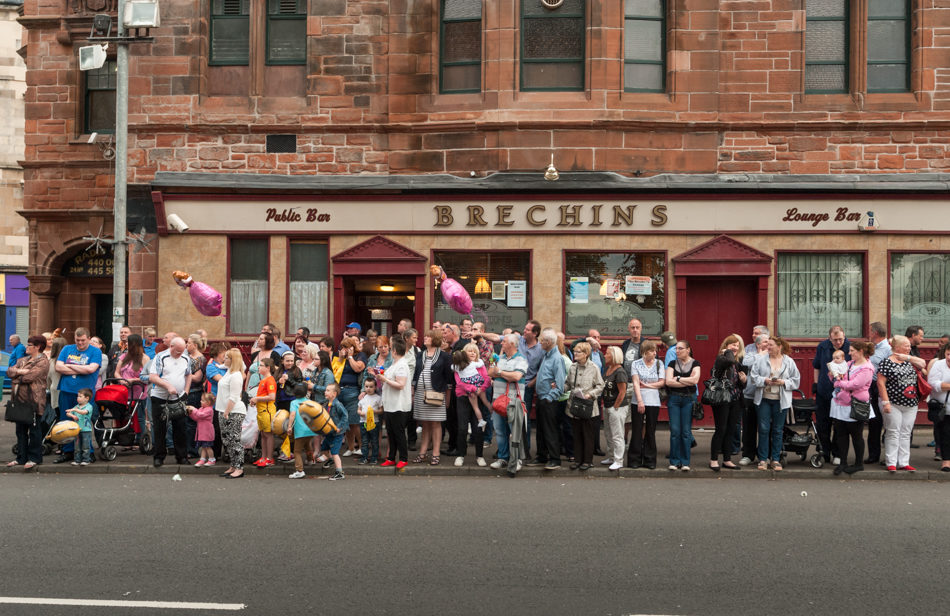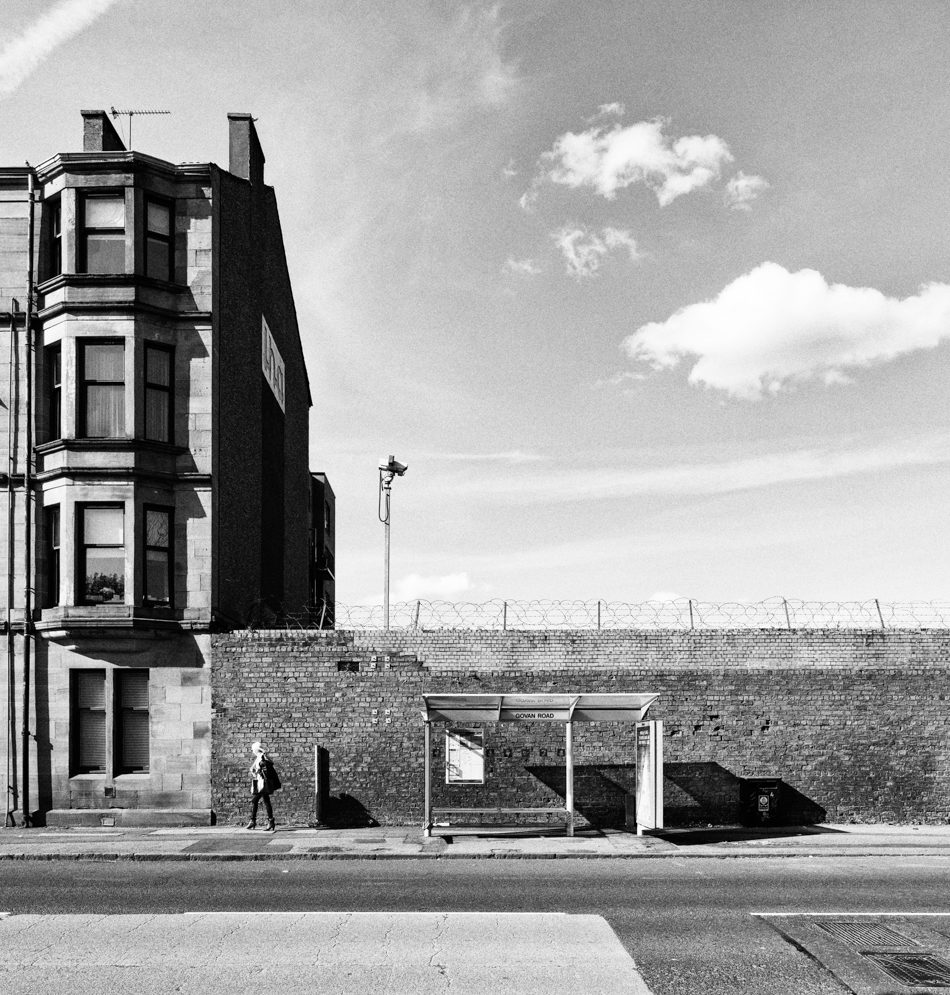Govan, ‘a reconnection’


























Govan is a particularly rich part of Glasgow. Rich in significance and stories, Glasgow’s riverside community, has had two great eras in its history: At the heart of a Medieval Kingom of Strathclyde, where its vital position on the banks of The Clyde provided a crossing point allowing the city’s earliest local industries and settlement to develop; and later as a bastion for shipbuilding and immense industrial prowess, from which Glasgow flourished. Its landscape has left a legacy. As Govan’s age of shipbuilding gave way to competition from elsewhere, (current activity is mainly concentrated to BAE contracts) the area suffered a loss of jobs and accelerated a fallout, visible in neglected tenements, vacant sites, and social deprivation, raising big questions and challenges for its reconnection to the city, and its response to complex layers of history.
People need to be empowered to be in the driving seat of the areas renewal. In addition to infrastructure and planning improvements, a central part of activity underway in Govan and represented by many local community groups and individuals, is an attempt to create a shared understanding of how Govan responds to its own sense of being and place, rich in assets and identity; and equally how to realise the potential for heritage and renewal to integrate, and for tourism, local knowledge and social inclusion to inform the regeneration of the area. This ground up reaffirmation of a place has ben backed up by large scale improvements in infrastructure, and housing supported by the the city council and conservation bodies.
At the heart of Govan throughout its development lies Water Row – the route from Govan Cross to the river crossing. Where once a sacred power capital of the Kingdom of Strathclyde resided at the convergence of processional routes, it soon became the beating heart of shipbuilding; more recently and as a tarmacced carpark this reflected problems of Govan’s cultural plight. Yet, a hostile fence surrounding what remains of a vibrant travelling show people’s yard sheds light on a complex array of contested views for the site.
Significant potential to harness a new focus for this part of Govan is now recognized with a bridge across the water to the Riverside Museum, new walkways, and housing all part of development proposals. Along with the Graving Docks, this land holds a key to regenerating the centre of Govan, and for a more natural, sustainable and community led response to take hold. The success will be dependent on meeting the needs of local people, and working to build a stronger local community. Please refer to the blog section of this website for some more posts on Govan and this excellent post by renowned historian Tim Clarkson

